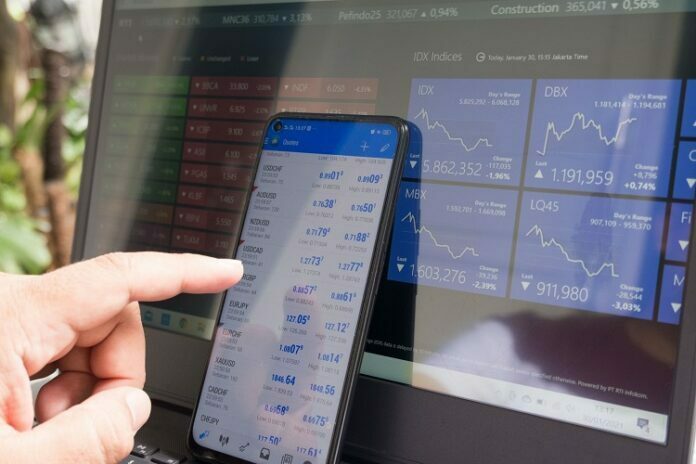Investing in Contracts for Difference (CFDs) is becoming increasingly popular amongst retail investors looking to diversify their portfolios. Even though CFD trading features high potential and can be adapted to fit the needs of any investor, it has risks, some of which may prove to be disastrous if left unheeded. The United Kingdom, home to many traders new to CFD investing, poses unique challenges that novice investors should consider when beginning their journey into this investment vehicle.
This article will examine how one can effectively manage these risks and ensure ready success on their path towards financial freedom with Contract for Difference trading in the UK.
Table of Contents
What is a Contract for Difference?
It is an agreement between two parties that stipulates the terms under which they will settle the difference in their respective positions. It is a derivative product that allows traders to speculate on the rise and fall of assets or underlying markets, such as stocks and commodities. By entering into a CFD, one party agrees to pay the other party the difference in the value of an asset from when it was bought to when it is eventually sold.
Traders can make advantageous investments without owning the underlying asset, allowing greater liquidity and more efficient trading strategies. CFDs are attractive instruments for investors who want exposure to markets without having to invest large amounts of capital upfront. Saxo is one of the leading CFD brokers in the UK, offering a wide range of contracts for differences.
What are the risks of CFD trading?
The risks associated with CFD trading in the UK are similar to those present in other markets, but there are some specific considerations that traders should be aware of.
First and foremost, leverage is a significant risk factor when trading CFDs. Leverage can magnify both wins and losses, allowing traders to open positions more significant than the capital they have to invest. It can result in huge gains or crushing losses if the market does not move in the expected direction. Thus, traders must be aware of the risks associated with leverage and understand how to use it responsibly.
Another risk of CFD trading is that it involves high levels of risk due to its highly volatile nature. It means that while there is potential to make large profits on short-term trades, there is also potential for significant losses in rapid succession. As such, traders must have a robust risk management strategy in place before entering into CFD trading.
Finally, CFDs are subject to many regulatory changes. The FCA has established strict rules for the regulation of CFD trading, and traders must stay informed about any new developments that may affect their investments.
How to manage the risks of CFD trading
The best way to manage the risks associated with CFD trading is through intelligent risk management. It should include setting predetermined stop-losses, taking into account leverage and understanding the volatility of the markets.
Stop losses are essential to any successful trading strategy, as they can help protect traders from catastrophic losses if a trade goes against them. Leverage should also be used responsibly, as it can amplify gains and losses. Finally, traders should understand the volatility of the markets in which they are trading and adjust their strategies accordingly.
In addition to intelligent risk management, traders should also ensure adequate knowledge of CFD trading before entering into a contract. This knowledge can come from research, financial advisors and other experienced traders, but the most important thing is to educate oneself on how CFD trading works.
Finally, traders should always remember to diversify their investments. It means putting only some of one’s eggs in one basket and investing across various markets and assets. It will help to minimise risk and also ensure that any losses are spread out across a variety of investments.
Tips for successful CFD trading
CFD trading can be a lucrative investment opportunity, but only if traders approach it with a well-thought-out strategy. Here are some tips to help traders get the most out of their CFD trading:
The main thing that traders should keep in mind is ensuring they have a sound risk management strategy before beginning to trade. It includes setting predetermined stop losses and understanding the volatility of the market.
It’s also crucial for traders to stay up-to-date on all regulations related to CFD trading, as these can change over time.
Diversifying investments across different assets is also a good idea, as this will help minimize risk and spread out losses.
Finally, traders must educate themselves properly on CFD trading before getting started. It means understanding market fundamentals, researching the markets and speaking with experienced traders about their strategies.












